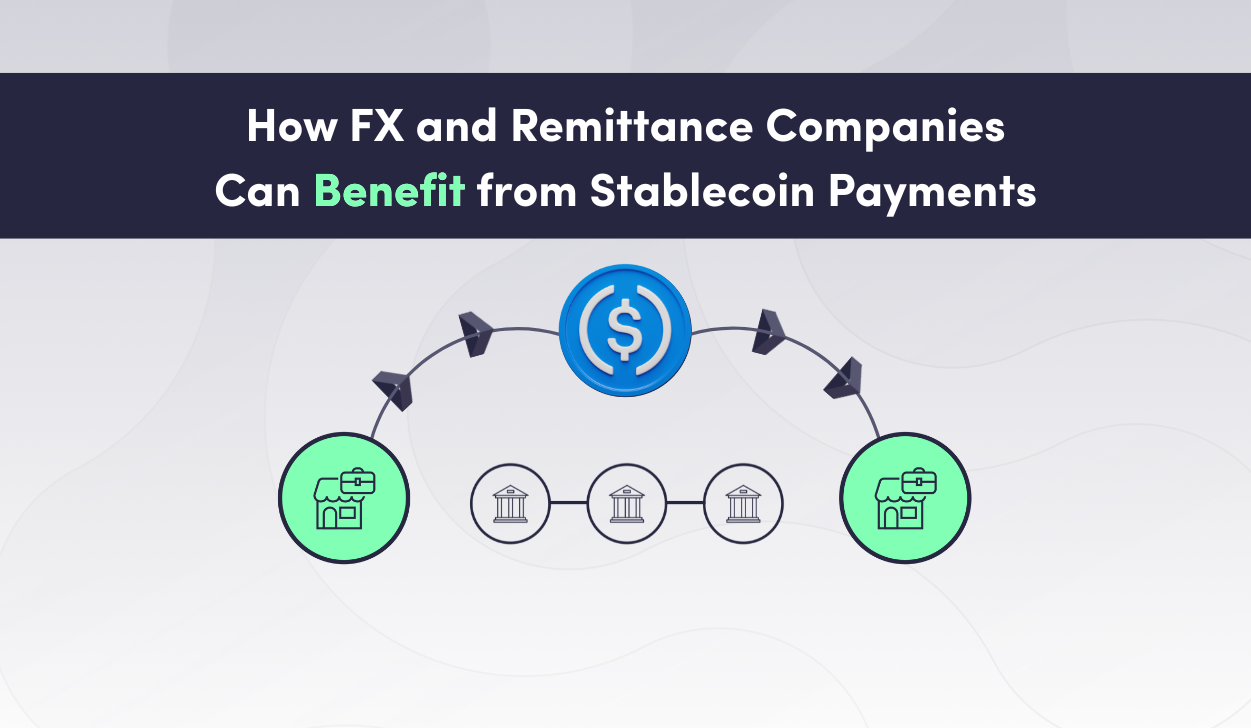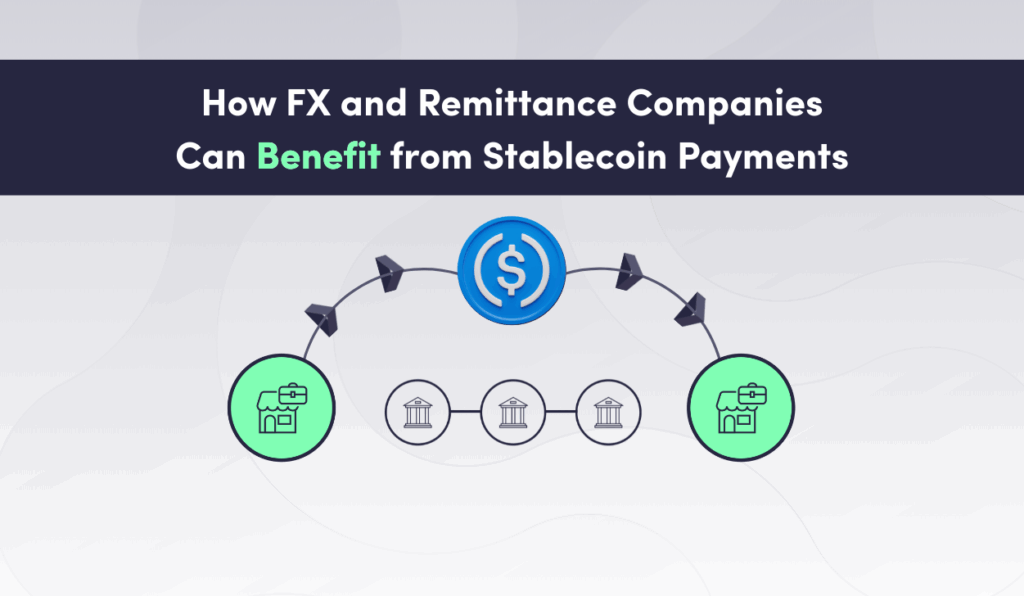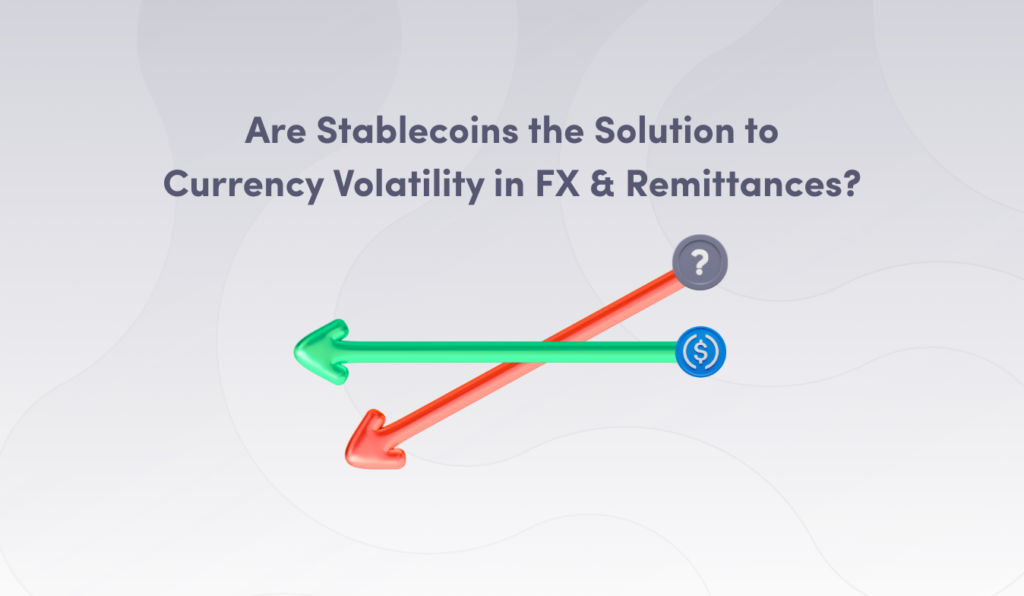Introduction
Foreign exchange (FX) brokers and remittance companies operate in a highly competitive and regulated space, where speed, cost-efficiency, and reliability are essential. Traditional systems, such as SWIFT and correspondent banking, often result in delays, high fees, and currency conversion losses—all of which eat into profit margins and frustrate end users.
Stablecoins are proving to be a transformative solution. By enabling real-time, cross-border settlements with predictable costs and regulatory compliance, they offer a strategic advantage for FX and remittance firms looking to modernise their infrastructure.
Key Challenges in Traditional Remittances and FX
| Challenge | Impact on Business |
| High transfer fees | Cuts into margins, especially for low-value transactions |
| Slow settlement times | Limits cash flow and client satisfaction |
| Currency volatility | Reduces predictability and increases hedging costs |
| Banking restrictions | Limits access in high-risk jurisdictions |
| Regulatory complexity | Increases cost of compliance and risk exposure |
How Stablecoins Solve These Problems
✅ Real-Time Settlements
Stablecoins settle on-chain in seconds to minutes, eliminating delays caused by banking hours or weekends.
✅ Cost Reduction
- Average bank wire: $30–$50
- Stablecoin transfer (e.g. USDC on Solana or TRC-20): $0.10–$1
This cost efficiency allows providers to offer more competitive rates to customers or increase their own margins.
✅ Minimised Currency Risk
Using USD-pegged stablecoins like USDC allows companies to avoid short-term FX exposure, especially useful when bridging volatile currencies.
✅ Access to Hard-to-Reach Markets
Stablecoins are borderless and don’t rely on local banking infrastructure. This is especially valuable in regions with capital controls or limited correspondent banking.
Compliance: The Key to Sustainable Growth
While the tech is disruptive, your business still needs to operate within the law. Here’s how:
- Use regulated stablecoins (e.g. USDC by Circle)
- Partner with compliant crypto payment gateways
- Maintain robust KYC/AML procedures aligned with MiCA and FATF guidelines
Conclusion
FX and remittance companies that adopt stablecoin infrastructure can offer faster, cheaper, and more predictable payments—while staying fully compliant. As competition intensifies, leveraging regulated crypto payment rails will be critical to maintaining a leading position in the global money movement space.
Damex.io is regulated in various jurisdictions. Damex provides services to institutions and sophisticated investors only and Damex’s services are not available to retail users. Information on services provided relevant to your jurisdiction and information on the unique risks that digital asset trading carries are available at damex.io/disclaimer and damex.io/risk-notice.






